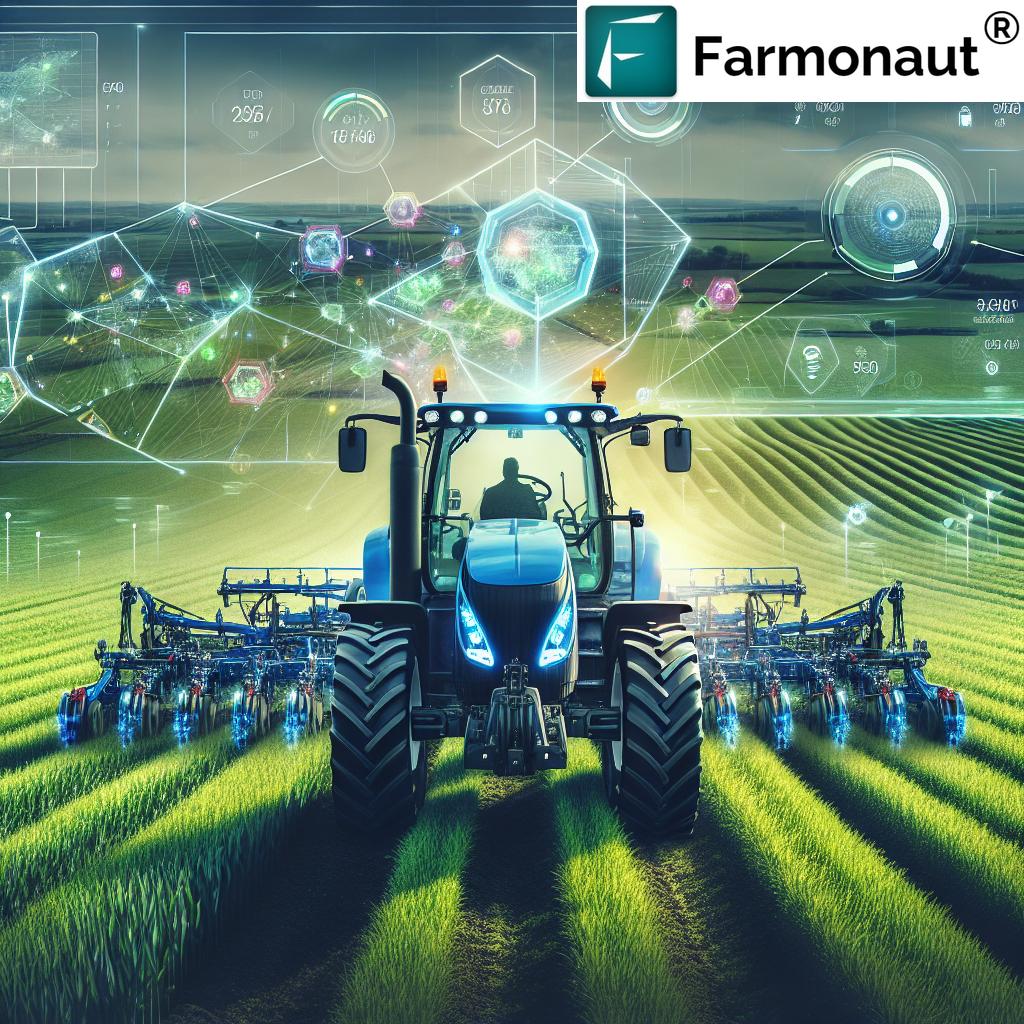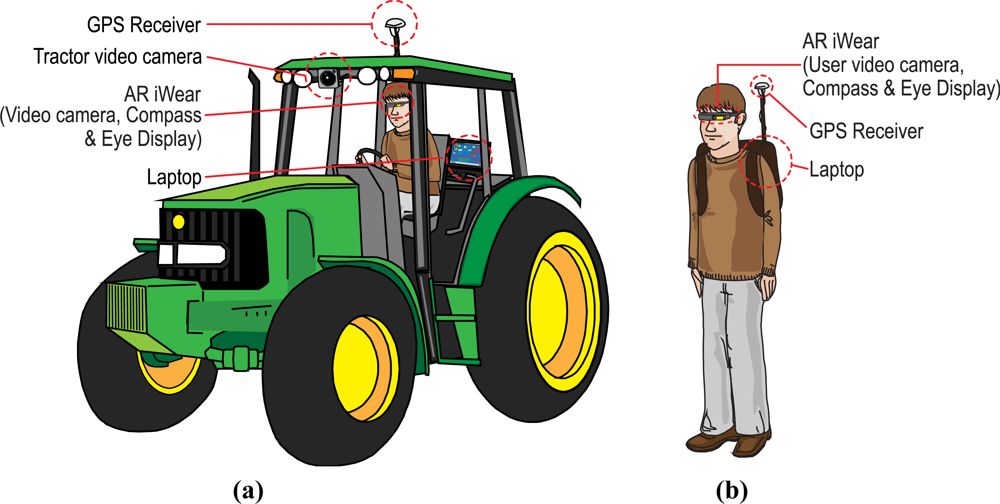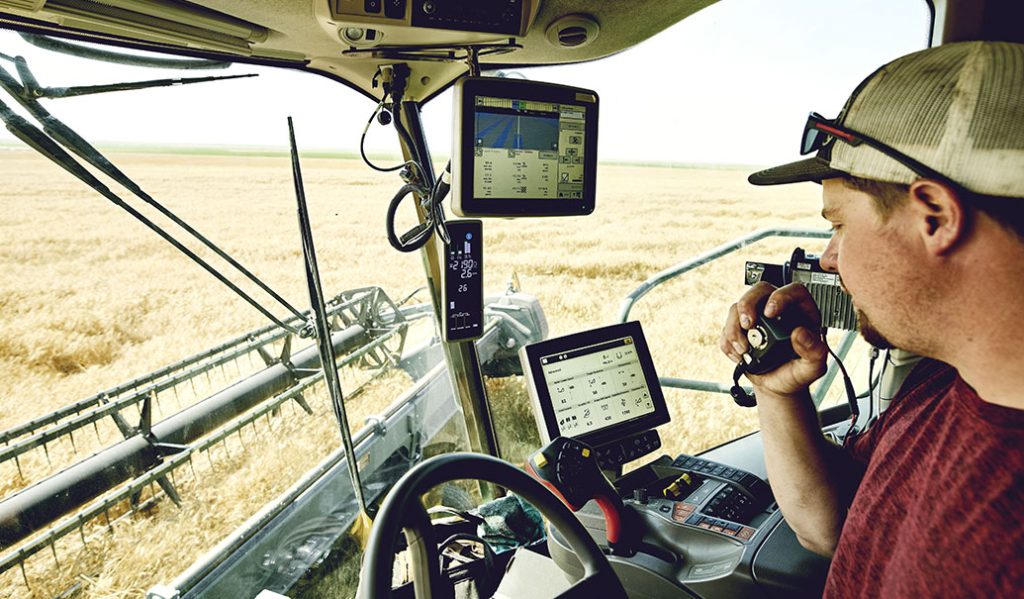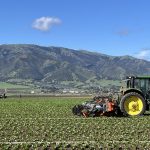Imagine a world where your tractor does more than just plow fields—it becomes your smartest farming partner. That’s the reality GPS technology is bringing to modern agriculture.
If you’re a farmer looking to boost your productivity and efficiency, you’re in for a treat. GPS isn’t just a tool for finding the quickest route to the grocery store; it’s revolutionizing how you manage your land and crops. Curious about how this technology can redefine your farming experience?
Dive into this article and discover the transformative power of GPS in modern tractors. You’ll learn how to harness its potential to save time, reduce costs, and increase yields, making your farming operations smoother and more profitable than ever. Don’t miss out on the chance to stay ahead in the farming game. Keep reading to uncover how GPS can be your ultimate ally in the field.

Precision Farming
GPS technology enhances modern tractors by providing accurate field mapping and navigation. Farmers can optimize planting and harvesting with precise data. This leads to better crop yields and reduced waste.
Precision farming is transforming agriculture into a science-driven practice. GPS technology in modern tractors has become a key player in this change. It allows farmers to be more accurate in planting, fertilizing, and harvesting. This precision means better yields, less waste, and more efficient use of resources.How Gps Guides Planting
GPS in tractors helps you plant crops in straight, evenly spaced rows. This ensures each plant has the right amount of sunlight and nutrients. You can avoid overlap and missed spots, saving seeds and reducing costs. Imagine driving a tractor and knowing exactly where to plant without guessing.Fertilizing With Precision
Think about how GPS can guide you in applying fertilizers exactly where needed. Instead of spreading fertilizers evenly, you can target specific areas that need more nutrients. This reduces waste and prevents over-fertilization, which can harm the environment. You can also track which areas were fertilized and when, keeping your records up to date.Efficient Harvesting
GPS technology can make harvesting less stressful and more productive. It helps you navigate fields and harvest crops efficiently, minimizing fuel use and time. You can gather data on crop yield and quality during harvesting, giving you valuable insights for future planning. Have you ever wondered how much time and money you could save with more precise harvesting?Making Informed Decisions
With data collected from GPS, you can make smarter decisions about your farm’s future. You can analyze patterns over time, understand which crops perform best, and plan accordingly. This information empowers you to adapt quickly to changing conditions. Wouldn’t it be great to have all the data you need at your fingertips? Precision farming through GPS technology is not just about using advanced tools; it’s about making agriculture smarter. As you embrace this technology, you become part of a movement towards sustainable and efficient farming. What steps will you take to incorporate GPS into your farming practices?
Efficiency And Time Management
GPS technology has transformed modern tractors. It boosts efficiency and saves time. Farmers now work smarter, not harder. GPS helps them plan better and manage their fields. With precise data, every task becomes quicker and more accurate.
Gps Enhances Field Mapping
GPS systems map fields with precision. This eliminates guesswork. Farmers see real-time data on their screens. They know where they’ve worked and where to go next. This reduces overlaps and gaps in coverage. Time saved, fuel saved, and resources saved.
Automated Guidance Systems
Automated systems steer tractors using GPS. Farmers can focus on other tasks. This reduces fatigue and increases productivity. The tractor follows the best path. Straight lines, perfect rows. This precision means less waste and more yield.
Efficient Resource Management
GPS helps manage seeds, water, and fertilizer. It ensures the right amount is used. This cuts costs and boosts crop health. Farmers can monitor usage in real-time. Adjustments are made quickly. Efficiency at its best.
Reduced Human Error
GPS reduces mistakes. Tractors follow exact routes every time. This consistency improves results. Less overlap, fewer missed spots. Less stress for operators too. They can focus on other important tasks.
Optimized Harvesting
Harvesting is faster with GPS. Routes are planned for efficiency. Crops are collected with minimal waste. Time in the field is minimized. This means quicker turnarounds for farmers. More work done in less time.
Cost Reduction Benefits
Modern tractors equipped with GPS technology are transforming agriculture. Farmers now see significant cost reductions. This technology optimizes field operations. It reduces fuel consumption and labor costs. Let’s delve deeper into these benefits.
Fuel Efficiency
GPS in tractors leads to precise navigation. It minimizes overlap during planting and harvesting. This precision means less fuel is used. Farmers can save a significant amount on fuel expenses yearly.
Reduced Labor Costs
With GPS, tractors can operate with minimal supervision. This technology reduces the need for extra labor. Farmers spend less on wages. They can also allocate workers to other important tasks.
Lower Equipment Wear And Tear
GPS ensures tractors follow optimal paths. This reduces unnecessary wear and tear. Equipment lasts longer and maintenance costs drop. Farmers spend less on repairs and replacements.
Improved Resource Management
GPS helps in managing resources efficiently. Fertilizers and seeds are used precisely. This reduces waste. Farmers save money while maximizing crop yield.
Environmental Impact
GPS technology in modern tractors reduces fuel consumption and soil compaction. This precision helps lower emissions and promotes healthier soil. Farmers can target specific areas, optimizing resources and minimizing environmental impact.
Modern tractors equipped with GPS technology are not just changing farming practices; they’re also making a significant difference in protecting our environment. The precision and efficiency offered by GPS systems help reduce waste, conserve resources, and minimize the environmental footprint of farming activities. As we consider the environmental impact of these technological advancements, we find that they offer tangible benefits both for farmers and the planet. ###Precision Farming Reduces Chemical Use
GPS technology allows tractors to apply fertilizers and pesticides with pinpoint accuracy. This precision means you can use fewer chemicals while achieving the same or even better results. Less chemical use translates to less runoff into nearby waterways, protecting aquatic ecosystems. This is a win-win for your crops and the environment. ###Efficient Fuel Consumption
Tractors that operate with GPS guidance optimize their routes and reduce unnecessary overlapping of tasks. This means less fuel is used during field operations, which directly reduces carbon emissions. Imagine a farmer who previously spent hours going over the same area twice. With GPS, those hours and fuel are saved, benefiting both the farmer’s wallet and the air quality. ###Soil Conservation Through Minimizing Soil Compaction
Repeatedly driving over the same part of a field can compact soil, which is harmful to plant growth. GPS-guided tractors help avoid this by ensuring optimal and varied paths across the land. Healthy soil is crucial for sustainable farming. By minimizing compaction, you support better water absorption and root growth, which can lead to healthier crops. ###Data-driven Decisions For Sustainable Farming
GPS systems collect valuable data that can be analyzed to improve farming practices. This data can show you where your resources are most needed, helping you avoid wasteful practices. With this information, you can make smarter decisions that support long-term sustainability. Are you using your resources as effectively as possible? GPS technology can help you find out. ###Improving Crop Yields With Less Land
By making each acre of land more productive, GPS technology allows you to achieve higher yields without expanding your farmland. This reduces the need to clear additional land, which can be devastating to local ecosystems. Think about the global challenge of feeding a growing population. GPS-guided tractors offer a solution that doesn’t come at the expense of our natural landscapes. Incorporating GPS into modern tractors is a step towards more sustainable agriculture. It offers practical benefits that extend beyond the farm, highlighting the importance of technology in our quest to balance productivity with environmental stewardship. How can you leverage these advancements in your farming practices to make a positive impact on the environment?
Conclusion
GPS technology is transforming modern tractors. Farmers now enjoy precise field mapping. This leads to smarter resource use. Crops receive the exact nutrients needed. Fuel consumption is reduced, saving money. Operators experience less stress with automated steering. This means better focus on other tasks.
GPS systems provide data for informed decisions. Farms become more efficient and sustainable. Technology keeps advancing, promising more benefits. Modern tractors grow alongside these innovations. Farmers are empowered to improve their yields. GPS is a vital tool in agriculture today.
This evolution supports a thriving farming future.


